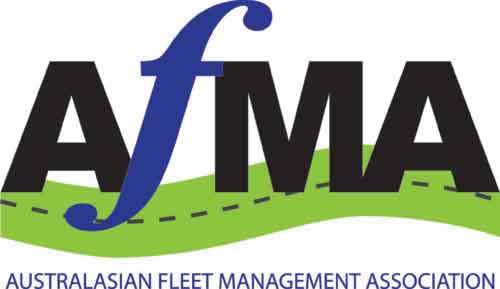INTRODUCTION
Vehicle operation is a major cause of injuries, deaths and damage. Employee safety is essential and the objective for the organisation is to eliminate all preventable accidents and near misses.
The opinions on the effectiveness of driver training are endless with very differing views as to whether an organisation should or should not participate in such programs.
But what exactly is ‘driver training’? The term encompasses a wide range of approaches including employee skill assessment, practical vehicle handling and training to ensure drivers can handle a car in an emergency situation, hazard identification and avoidance.
The organisation will embrace driving programs based on the concept of developing the driver’s ability to avoid accidents in spite of wrong actions by others, or adverse driving conditions. Its aim is to develop a defensive driver who commits no driving errors and makes allowances for the lack of skill or improper driving practices of the other driver.
For the purposes of this procedure driver training will mean employee skill assessment, induction, vehicle and equipment training and familiarisation, as well as practical vehicle handling and developing defensive driver skills.
All accidents or near misses, no matter how minor, should be reviewed with the employee involved so they can be shown how the accident might have been avoided.



